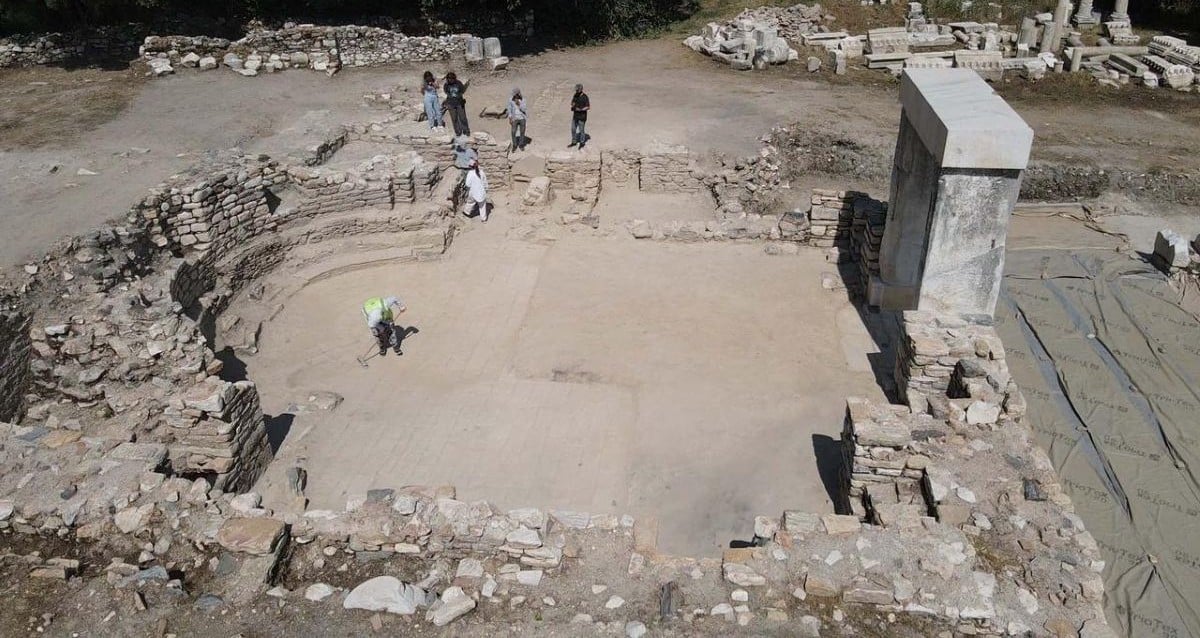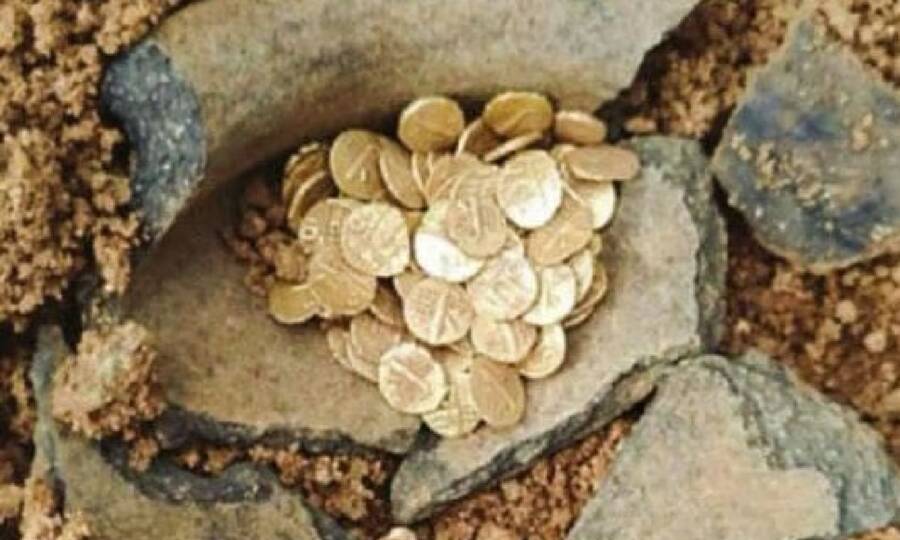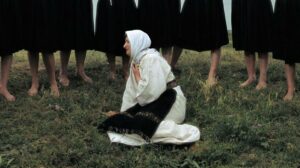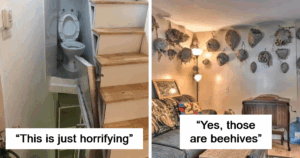Unearthed Secrets: Inside the Grand Roman-Era Library Hidden in Turkey’s ‘City of Gladiators’
Ever wonder what it would be like to stumble upon a 2,000-year-old library buried under layers of history—like a time capsule for book lovers and history nerds alike? Well, archaeologists in Turkey just dropped that bombshell in the ancient city of Stratonikeia, revealing a sprawling library first built between 300 and 30 B.C.E., no less! This wasn’t just some tiny shelf of dusty scrolls; we’re talking about a monumental space that served as a cultural hub, surviving earthquakes, Roman makeovers, and centuries of silence underground. It makes you think—if they had social media back then, would this library have been the ancient equivalent of the ultimate knowledge influencer? Dive into how this “city of gladiators” cultivated wisdom and why this archaeological wonder is turning heads today. LEARN MORE
The library, which was first built between 300 and 30 B.C.E., was “of considerable scale and significance” in the ancient city of Stratonikeia.
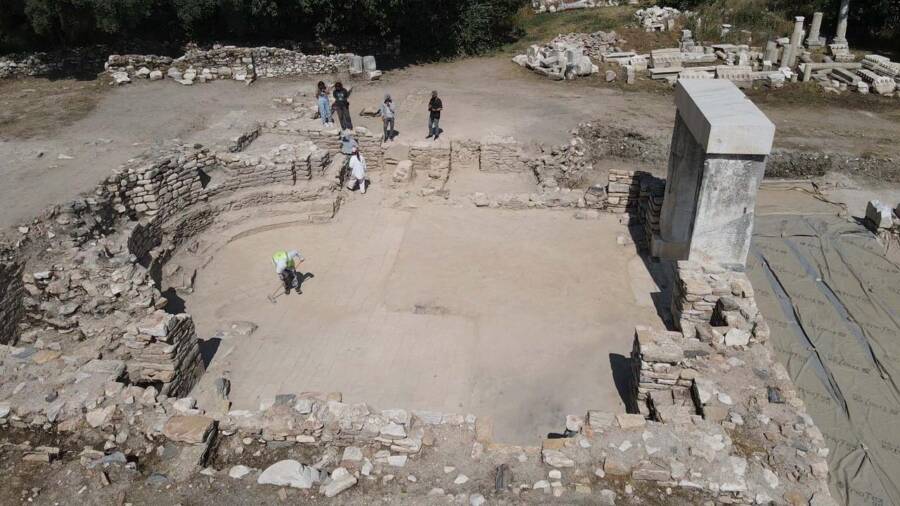
Durmuş Genç/Anadolu AgencyExcavations have been ongoing at Stratonikeia since 1977.
Archaeologists in Turkey have announced the discovery of a massive library in the ancient city of Stratonikeia. Excavations have been ongoing for the past five years, and now researchers have mapped the complete layout of the structure.
The library was abandoned after an earthquake around 610 C.E. and buried for centuries, but now this 2,000-year-old structure is being celebrated as “a testament to the timeless value of knowledge.”
The Sprawling Library In The ‘City Of Gladiators’
Archaeologists believe the library was originally built during the Hellenistic period, between 323 and 30 B.C.E., and it likely remained in use until an earthquake destroyed it in the seventh century C.E. It was redesigned during the Roman era, and mosaics were added in the fourth century C.E., indicating that it was an important part of life in Stratonikeia for hundreds of years.
The building once stood in the city center at the crossroads of Stratonikeia’s four main streets, where it was surrounded by public baths, religious institutions, and a fountain. Inscriptions found inside state that it was built by a master craftsman from Ephesus, another ancient city in modern-day Turkey.

Durmuş Genç/Anadolu AgencyThe excavation of the library revealed fourth-century C.E. mosaics on the floor.
Its layout is different from that of any other library ever found in the region, and it seemingly even inspired the architecture of another library in North Africa. The similarities between the two structures suggest that not only was Stratonikeia a city of cultural significance, it was also connected to far-reaching areas of the Roman Empire.
Dr. Bilal Söğüt of Pamukkale University, the leader of the excavations, spoke to Anadolu Agency about what his team has uncovered so far: the main entrance, a portico, a central courtyard, a reading hall, and several other rooms.
“We have determined all the sections of the ancient-era library to a certain extent,” Dr. Söğüt said. “We also uncovered the columns and superstructure elements belonging to the courtyard area. In the upcoming period, by reconstructing a portion of these columns, we want visitors to witness the grandeur of the ancient library.”
The Fall Of The Ancient Library

Durmuş Genç/Anadolu AgencyResearchers work to dig out the columns and foundations of the library.
Around the year 610 C.E., a large earthquake hit Stratonikeia, destroying parts of the city and leading to the library’s abandonment.
“We found the columns in the position they fell in,” said Dr. Söğüt, as reported by the Daily Sabah. “We will restore them to their original standing position on-site.”
Discoveries like the fallen columns and the mosaics that were added centuries after the library was first built have allowed researchers to both map the building’s layout and determine how it evolved over the centuries. “We now understand how this building changed across different eras, how it was restored after disasters, and how it continued to serve the community,” Dr. Söğüt noted.
Excavations have been ongoing at Stratonikeia since 1977, but there is still plenty for archaeologists to uncover. In 2023, the original “Dancing Muses” statue by Philiskos of Rhodes was discovered in the city’s Roman baths.
Researchers can now add this magnificent library to the list of stunning historical structures and artifacts that have been found in the city over the past 50 years — and look forward to their next important discovery.
After reading about the Roman-era library found in Turkey, go inside the rise and fall of the Library of Alexandria. Then, look through these photos of Pamukkale, the “Cotton Castle” of Turkey.
